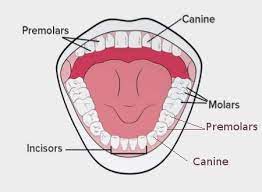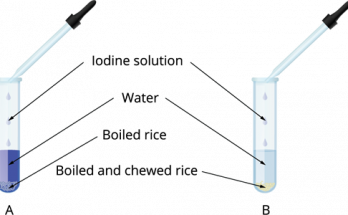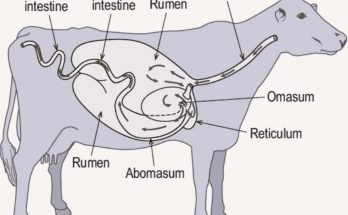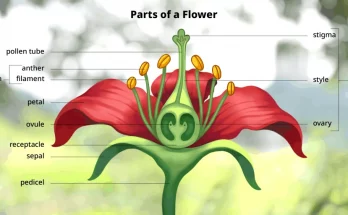
Activity -Arrangement of teeth and different type of teeth – Class 7
Experiment- Identifying Types and Functions of Teeth Materials Required- Mirror Washed hands Piece of apple or bread Table 2.2 for recording observations Procedure- Begin by washing your hands to ensure …
Activity -Arrangement of teeth and different type of teeth – Class 7 Read More




